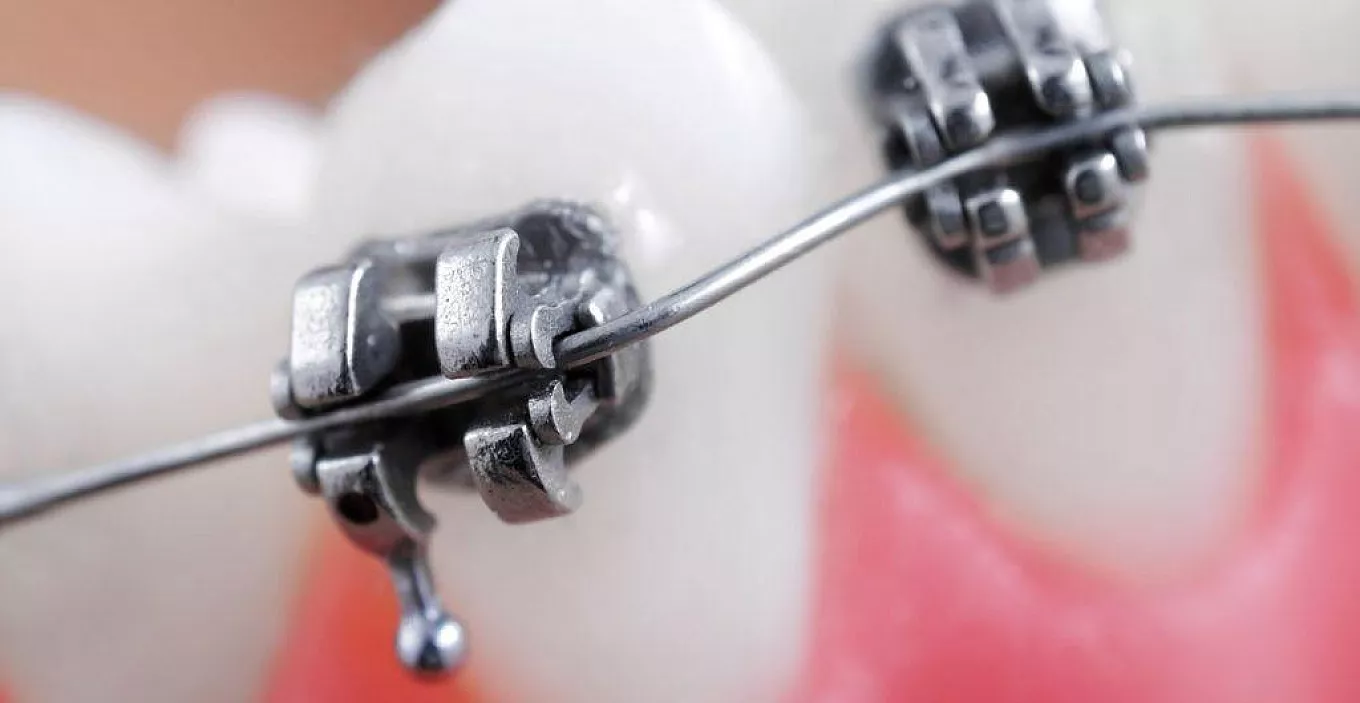
Missing bands, loose brackets, protruding wires, gum irritation… while you won’t need to be rushed to the hospital in an ambulance for these emergencies, they can still be incredibly painful and require immediate, prompt care. If a bracket pops off in the middle of a Tuesday afternoon, it’s easy to contact your orthodontist and have it resolved by dinner. But if the same issue occurs on a weekend when the office is closed or while you’re on a trip out of town, panic may set in. How do I address this problem? Good news: a few simple supplies commonly found at home can remedy many of the problems until an orthodontist is able to provide immediate care. First, assemble your orthodontic emergency kit. Common tools and supplies include:
- Non-medicated orthodontic relief wax to address wire and bracket irritation
- Dental floss to remove stuck food particles
- Sterile tweezers for fixing ligatures
- Small, sharp clipper
- Q-tips
- Salt
- Toothpicks
- Topical anesthetic
Here’s what to do in the event of an orthodontic emergency:
1. Ligature comes off
A ligature is the technical name for the tiny coloured rubber bands that hold the wire to the brackets. If a rubber ligature pops off, you may be able to put it back in place using a pair of sanitized tweezers. First, sanitize the tweezers in rubbing alcohol. Next, carefully use the tweezers to return the ligature to its proper position. If a metal wire ligature is sticking out (but is not loose), bend it down with a Q-tip or pencil eraser to eliminate irritation. Once you’ve resolved the immediate concern, notify your orthodontist. You may need a quick check-up to ensure no other ligatures have come loose.
2. Protruding wire
Sometimes the end of a wire will come out of place, causing irritation to the inside of your mouth. Using a similar technique described above, use a Q-tip or pencil eraser to gently flatten the wire against the tooth. You can also apply dental wax to minimize discomfort. If the wire has become incredibly painful and is causing severe irritation of the gums and mouth tissue, another option is to clip the wire. This should be the last resort. Do not try to clip the wire yourself: have a parent, guardian or other adult assist you. First, reduce the possibility of accidentally swallowing the wire by folding tissue or gauze around the area. Next, use a pair of sharp clippers to snip off the protruding wire close to the next bracket and then apply relief wax to the irritated area. Thin flexible wires that are generally used in the early stages of treatment are easier to cut than the thicker, more rigid wires used in the later stages of treatment.
3. Loose bracket or wires
This is the most difficult orthodontic emergency to treat at home. In general, as soon as you notice any loosening of a bracket or wire, immediately call your orthodontist to inform them of the loose bracket, and schedule a comfort appointment as needed. Brackets are the metal parts of the braces that attach to the center of teeth using a special adhesive. Brackets are typically positioned in the center of each tooth. Most brackets only become loose when they are knocked off from playing contact sports (e.g., you’re struck in the face with a ball or elbowed in the mouth) or from eating hard, crunchy foods (here’s a list to avoid just to be safe!). If the loose bracket has rotated and the wire is sticking out, you can temporarily reposition the bracket using sanitized tweezers. Slide the bracket along the wire until it is between two teeth. Rotate the bracket back to its correct position before sliding the bracket back to the center of the tooth. Orthodontic emergencies are hardly a fun experience, but with the right tools on hand at home, you’ll be able to address much of this discomfort as quickly as possible. Always inform your Orthodontist when a bracket comes loose, in case it needs to replaced right away, or if your next appointment needs to be adjusted to accommodate the extra time needed to repair it.
4. Irritated Gums
There are many more places for food to become trapped around braces, so extra care needs to be taken to prevent inflammation of the gingiva, or gums. If there is a piece of food caught between your teeth that is causing swelling or irritation, try to remove the food with floss. View our QuickTips on flossing with braces here. Once the food is removed, the swelling and irritation will resolve on its own, but to speed up the healing process you can rinse your mouth with warm salt water. Take a cup of warm water and dissolve a teaspoon of table salt into it. Swish this around your mouth for 30 seconds before spitting it out into the sink. Repeat this twice per day for 3-5 days, or until the swelling and irritation has resolved.
Not sure if metal braces and brackets are worth the discomfort and hassle? Another option is clear aligners from Invisalign®, which discreetly straighten teeth without the need for brackets or wires.
For more info, and videos on how to manage these Orthodontic issues, visit our QuickFix page.




